Whale Watching Season Has Arrived In Victoria – Here’s Where To Spot Them
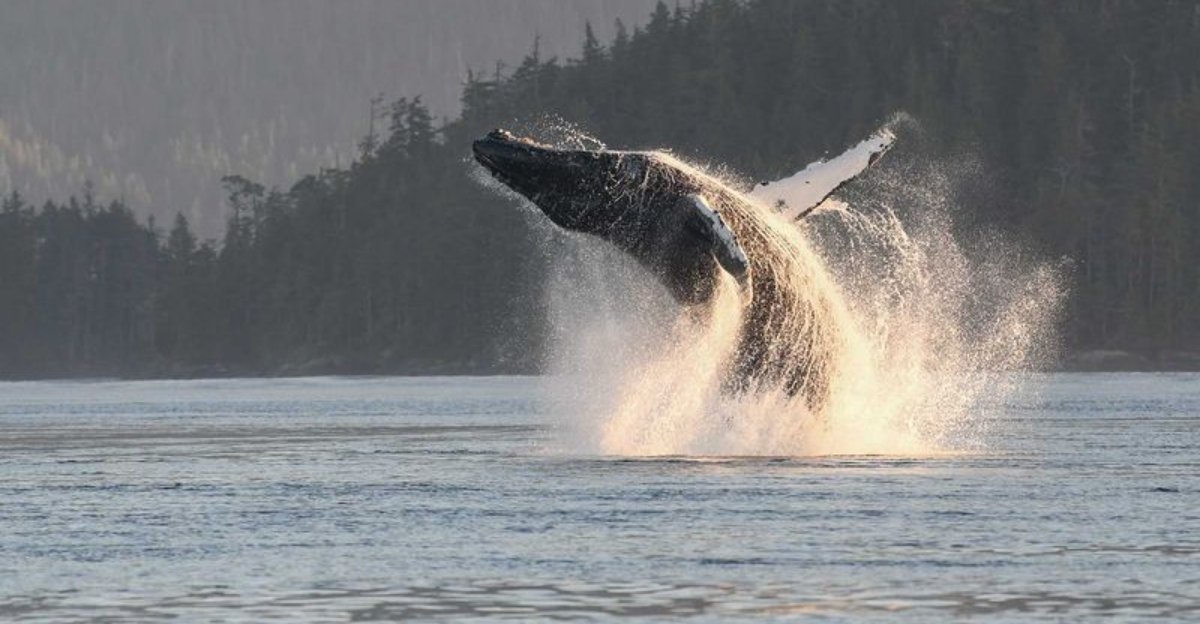
The magnificent giants of the ocean have returned to Victoria’s coastal waters! Every year, these incredible marine mammals migrate through the Salish Sea, creating unforgettable spectacles for lucky onlookers.
Whether you’re a local or visitor, whale watching offers a magical connection with nature that leaves everyone in awe of these intelligent, majestic creatures.
1. Peak Season Timing
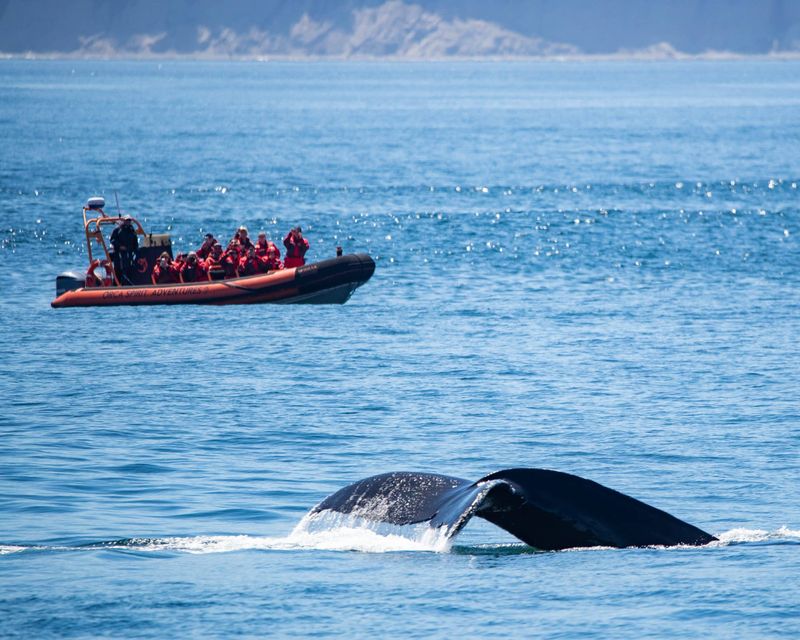
Mark your calendars for May through October when whale activity reaches its zenith around Victoria. During these golden months, your chances of spotting these ocean wanderers skyrocket to nearly 95%.
Summer months particularly shine, with multiple pods frequently cruising through local waters. Don’t miss this window of opportunity!
2. The Resident Superstars
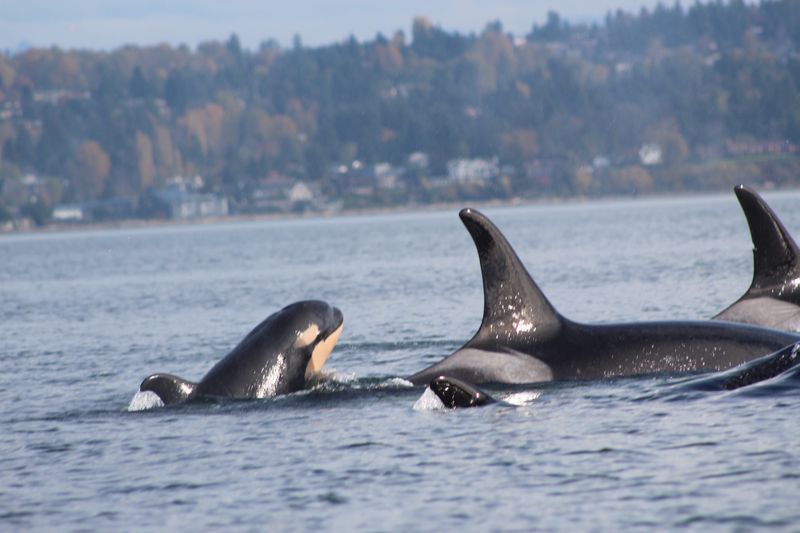
Three distinct orca pods – J, K, and L – call these waters home year-round. Unlike their traveling cousins, these family-oriented residents primarily feast on salmon rather than mammals.
Each pod boasts unique vocalizations and family traditions passed through generations. Scientists can identify individual whales by their distinctive dorsal fins and saddle patches!
3. Humpback Comeback Story

Once nearly vanished from these waters, humpbacks have staged a remarkable return! These 40-ton acrobats are famous for their spectacular breaches and haunting songs that travel for miles underwater.
Local researchers have documented over 500 individuals returning to feed in the nutrient-rich waters around Vancouver Island. Many even have nicknames based on their unique tail patterns!
4. Best Viewing Locations From Shore
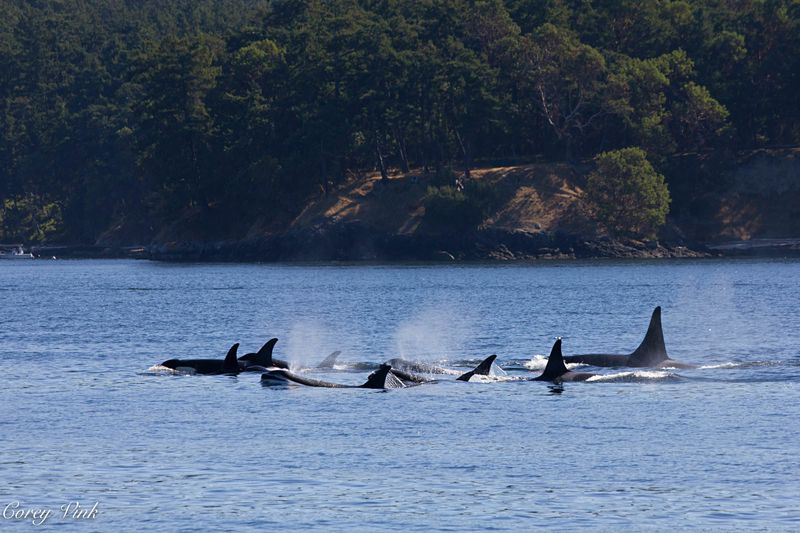
Grab your binoculars and head to Clover Point or Dallas Road where patient watchers often spot passing whales without boarding a boat. The elevated lookout at Cattle Point offers another prime vantage point.
Early mornings typically provide calmer waters and better visibility. Bring a thermos of something warm – ocean breezes can be chilly even in summer!
5. Choosing The Right Tour Operator

Look for companies displaying the Whale Wise flag – they follow strict wildlife viewing guidelines and often contribute to conservation efforts. Smaller vessels offer intimate experiences, while larger boats provide stability and comfort.
Ask about naturalist guides! Their expertise transforms a simple sighting into an educational adventure. Most reputable companies offer rain checks if no whales appear during your trip.
6. Photography Tips For Beginners
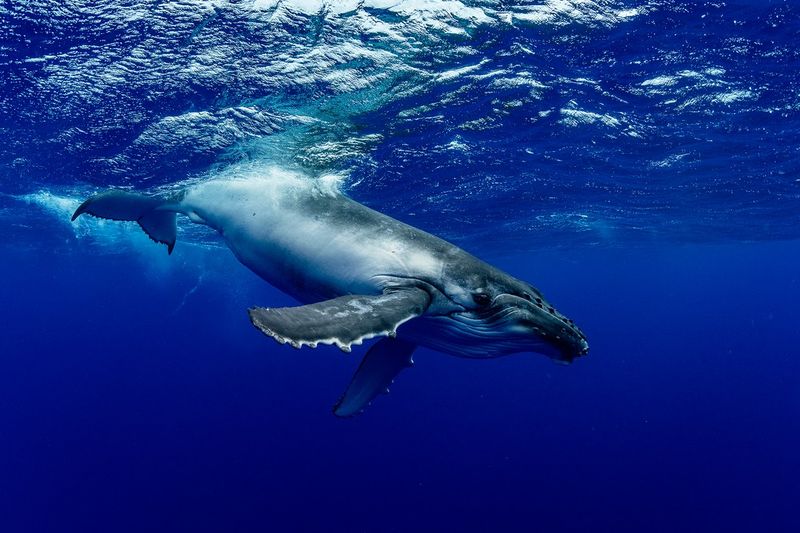
Water reflects light intensely, so dial down your exposure by one stop to capture those black-and-white orcas properly. Patience outranks equipment – keep your camera ready but eyes open.
Continuous shooting mode catches the perfect breach moment. Forget the zoom and enjoy the experience first – many miss magical moments while fiddling with settings!
7. The Unexpected Visitors
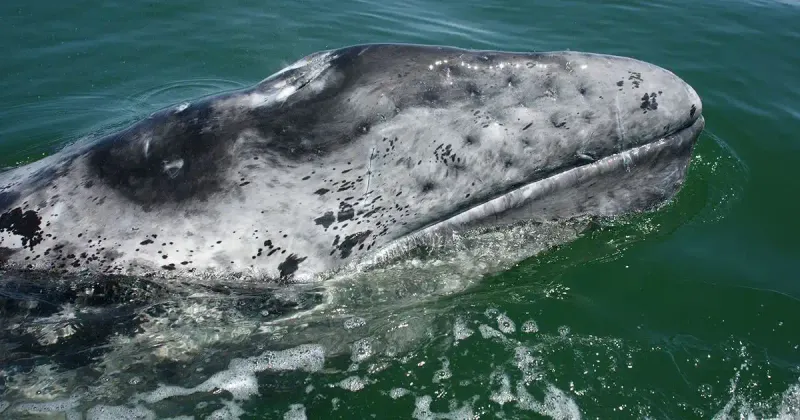
Gray whales sometimes make surprise appearances during their 10,000-mile migration between Alaska and Mexico. These ancient travelers often hug the coastline, making them visible from shore during spring and fall.
Occasionally, rare minke whales or massive blue whales pass through, causing excitement among local naturalists. Every trip offers the possibility of an unexpected wildlife jackpot!
8. Dress Code For Ocean Adventures
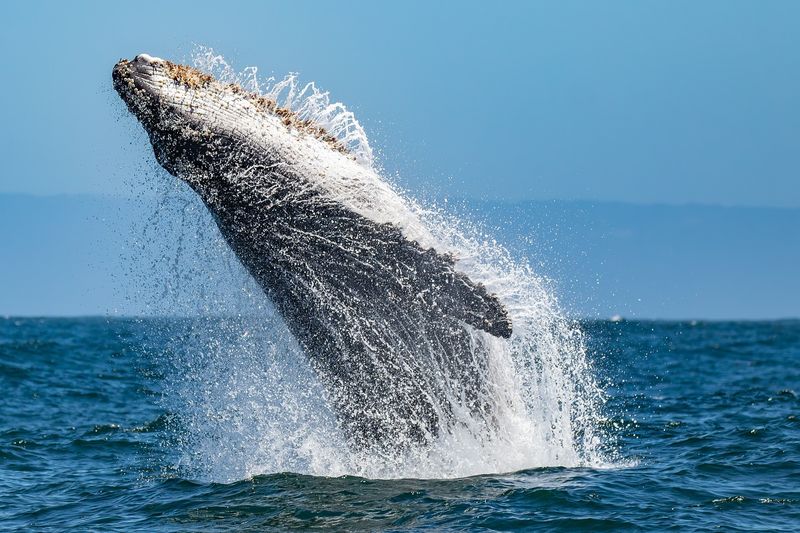
Layers are your best friends on the water! Even on sunny summer days, temperatures drop significantly offshore. Waterproof outer layers protect against splash and occasional rain.
Sunglasses reduce glare and help spot dorsal fins breaking the surface. Skip the fancy footwear—non-slip, closed-toe shoes keep you stable on potentially wet decks during exciting moments.
9. Understanding Whale Behaviors
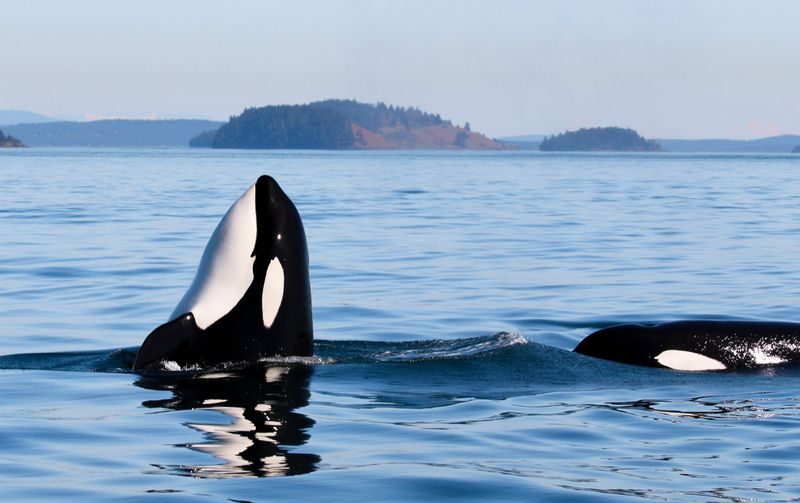
That misty spray? It’s not water but warm breath condensing in cool air! Different species have distinctive blow patterns – orcas produce sharp, vertical spouts while humpbacks create bushier, more angled exhalations.
Tail slapping communicates across distances, while spy-hopping (poking their heads above water) lets curious whales check out their surroundings – including your boat!
10. Marine Life Beyond Whales

Keep your eyes peeled for more than just whales! Steller sea lions create raucous bachelor colonies on rocky outcroppings. Playful Dall’s porpoises often race alongside boats, while bald eagles patrol overhead.
Harbor seals pop up like curious puppies around kelp beds. Each trip offers a complete ecosystem experience, not just whale encounters!
11. Responsible Viewing Practices
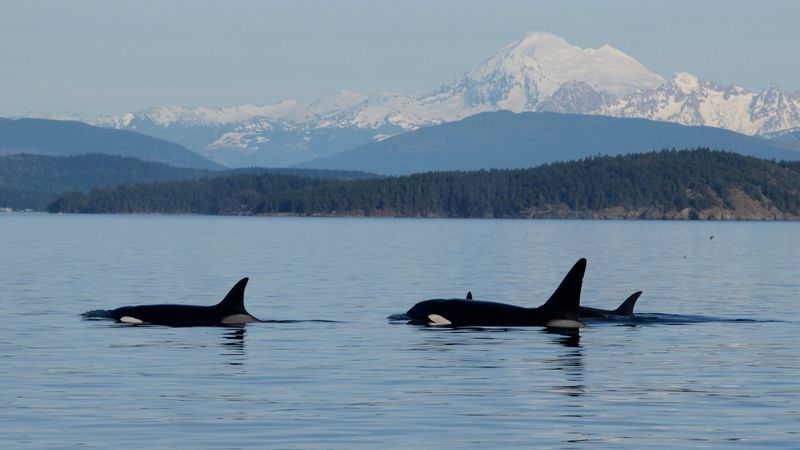
Federal regulations require boats to maintain 200 meters distance from orcas – for good reason! Close approaches disrupt feeding, communication, and natural behaviors essential to whale survival.
Responsible operators cut engines when whales approach rather than chasing them. Your choices matter; support companies that prioritize animal welfare over guaranteed close encounters.
12. Tackling Seasickness Before It Starts
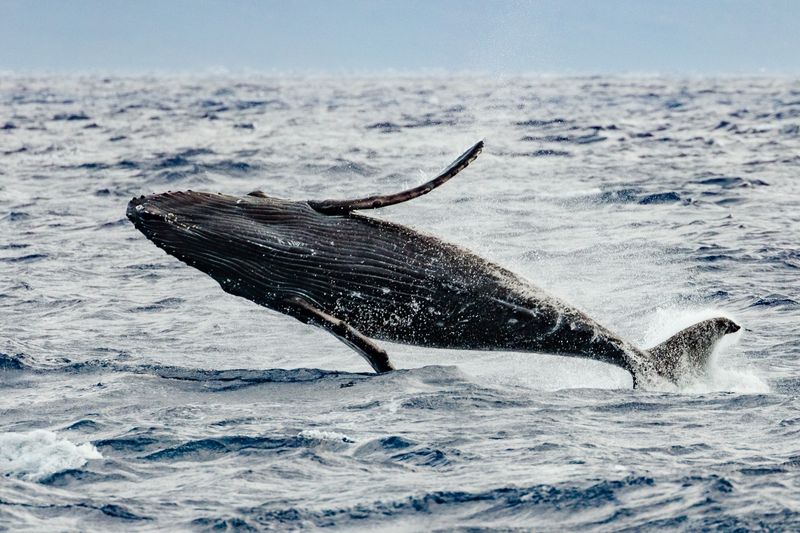
Motion sickness can turn whale magic into misery quickly! Take medication at least an hour before departure – waiting until you feel queasy is too late.
Position yourself mid-ship where movement is minimized. Keep your eyes on the horizon rather than looking down at phones or cameras. Ginger candies and pressure-point wristbands work wonders for many sensitive sailors!
13. Conservation Challenges Facing Local Whales
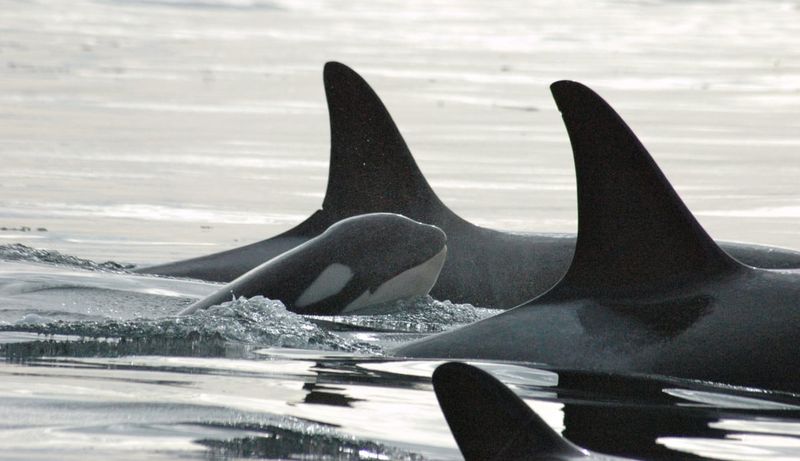
Southern resident orcas face serious threats from diminishing salmon stocks – their primary food source. Vessel noise interferes with their echolocation hunting abilities, making feeding even harder.
Chemical pollutants concentrate in their blubber, affecting reproduction and immune systems. Learning about these challenges during your tour creates advocates for meaningful protection measures!
14. Extending Your Marine Adventure
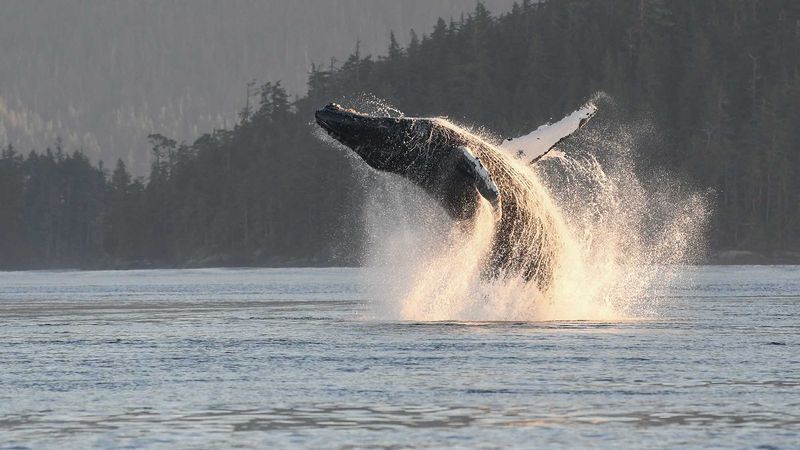
Whale Museum in nearby Sidney showcases the fascinating history of human-whale relationships in the Salish Sea. The Shaw Centre for the Salish Sea offers interactive exhibits perfect for curious kids.
Local bookstores carry field guides and orca adoption packages supporting research. Take home knowledge alongside memories – understanding creates lifelong ocean advocates!






